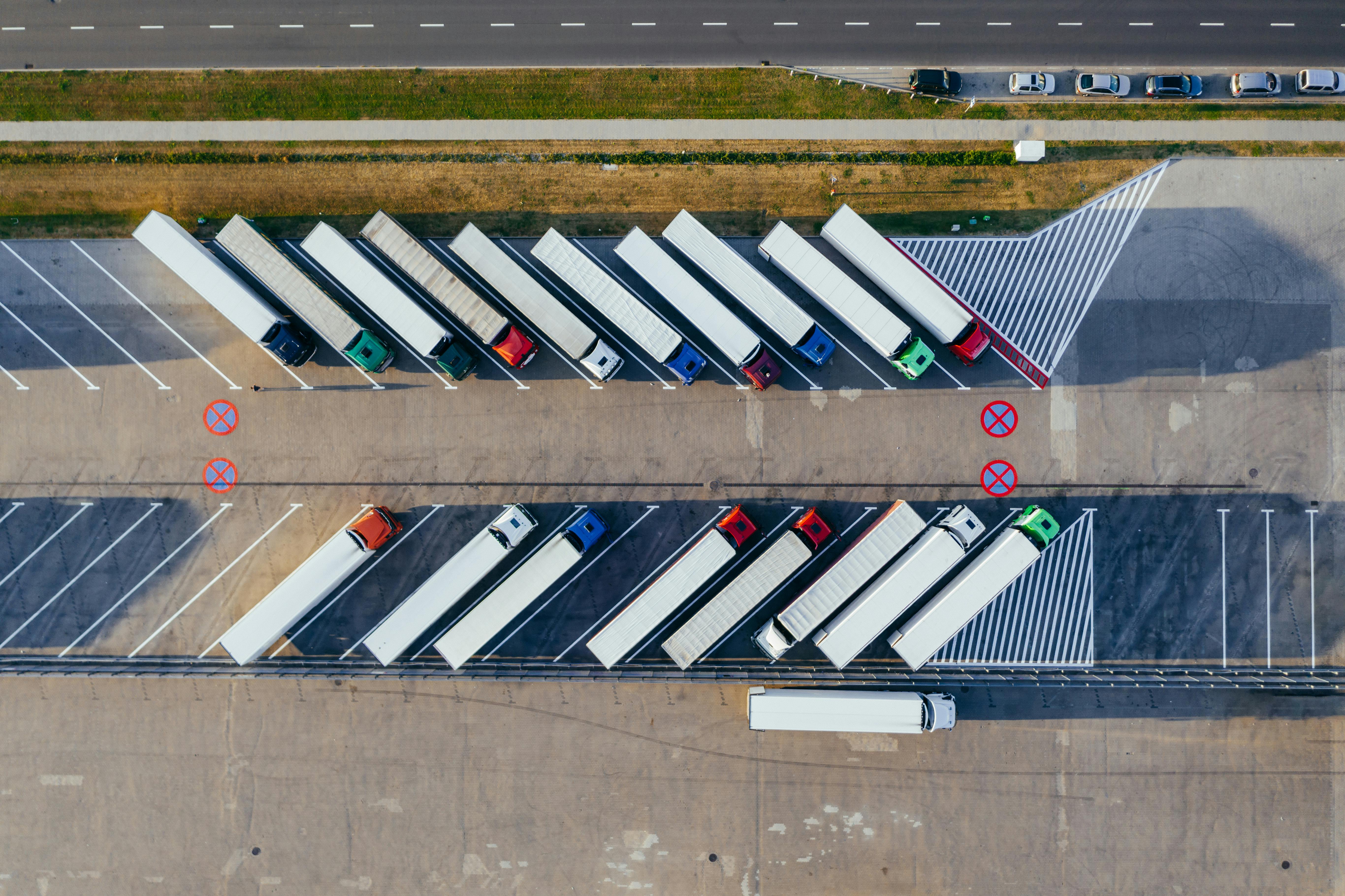Connected insurance represents a new paradigm for the insurance business. This new insurance approach is based on the use of sensors for collecting and transmitting data on the status of an insured risk and the deployment of big data capabilities that transform raw information into actionable knowledge along the insurance value chain.
The insurance sector, which is considered to be fairly traditional and resistant to change, is currently being overtaken by this transformative paradigm. Connected insurance represents one of the most relevant trends, considering its potential impact on the profitability of the insurance business, the productivity of each carrier, proximity to clients and portfolio persistency. Analysis by the Connected Insurance Observatory—a think tank created by Bain & Company and Italy’s National Association of Insurance Companies (ANIA)—shows how this new approach is starting to pay off. The auto insurance sector is being transformed by auto telematics, a technology undergoing experimentation in business-insurance lines, specifically the Internet of Things (IoT).
See also: The Future of Insurance Is Insurtech
Let's look at the Italian market’s experience and the key elements of the business opportunities presented by connecting an insurer with its customers and their risks.
The experiences on the Italian market
Italy is recognized as the most advanced auto insurance market at the global level for telematics. Leveraging the experience of the auto business, the country is affirming its position as a laboratory for the adoption of this new paradigm by other business lines. The fact that the Italian insurance market represents the state of the art for connected insurance gave rise to the idea of creating the Connected Insurance Observatory as a think tank to help generate and promote innovation in the insurance sector, offer a strategic vision and stimulate debate.
More than 70% of Italians show a
positive attitude to auto telematics insurance solutions, and 26 different insurance carriers in the Italian market are currently offering this product. Telematics-based insurance contracts represented 16% of the personal cars insured in Italy in the first quarter of 2015, according to data from IVASS. This relevance of telematics was highlighted by insurer members of the Observatory responding to a question about the maturity level: 65% affirmed the “the way to manage day by day the auto insurance business was already impacted by the telematics.”
This kind of telematics adoption is a complex process requiring many years, due to the cross-functional impacts and the involvement of multiple parties (tech vendors, insurers, distributors, clients). It is important to consider the evolution path shown by the Italian market:
- Incubation phase: It began in the early 2000s, when first-mover players were studying the feasibility of combining the insurance product with the technology. The main question among carriers was, “Does the approach make sense?”
- Exploration phase: This commenced in the late 2000s, when pioneers started to achieve volumes from the solution rolled out on the market. In this phase, the average level of awareness in the markets was low, and other players started with pilots based on a “me-too approach”; their main question was, “What is the ROI of this program?” At the end of this phase, in 2012, the Italian market accounted for about 1.3 million black boxes.
- Learning phase: A few players started to move from focusing on “quick wins” to a more holistic approach. They were able to exploit the potential of the solution and were thus in a position to start pushing the selling phase. Some differentiation began to appear; the approaches became more articulated: Carriers also introduced insurance covers based on self-installed devices— moving away from the myth of the Italian telematics business case only being linked to anti-theft and anti-fraud—and this new approach represented around half of the telematics market’s growth through those years. The key question on the market was, “What is the best way to do it for my company?” Telematics have become mainstream, and this phase was completed by the Italian market in 2015.
- Growing phase: Currently, the Italian auto insurance sector has reached the point where telematics solutions have traction in the market. Each player will develop its own approach and experiment with further upgrades, introducing multiple segmented products with its offer. The 4.8 million insurance contracts with a black box fitted in the car—a statistic gathered by ANIA in December 2015—is expected to grow to almost 14 million by 2020, based on the Connected Insurance Observatory’s projections.
Figure 1 below highlights the current level of telematics maturity by country and the current leadership of the Italian market: At the end of 2015, 4.8 million Italian contracts accounted for more than 45% of all the insurance contracts active globally, with sensors sending data to an insurer.

This sequence of stages seems to be the necessary evolution path for the offering of connected insurance in a new business line.
Connected insurance applied to other business-insurance lines have been a hot topic in the last 12 months. Insurance applied on personal lines like home and health is currently on top of the innovation agenda of many insurance carriers.
In recent years, five pioneers in the Italian market have introduced house-insurance coverage with sensors and a gateway that sends data to the carriers. More than 75% of the insurer members of the Observatory consider connected insurance to be the most relevant innovation expected in home insurance in the next year. This potential is confirmed by the consumers’ voice:
Connected home insurance use cases appear to be able to double the penetration of home insurance in Italy.
See also: Not Your Father’s Insurance Industry
The connected home insurance sector is currently moving from the incubation to the exploration phase. The connected health sector is less mature. Some carriers are currently running pilots, and only a couple are already selling a connected health product. Around 40% of the insurer members of the Observatory consider connected insurance to be the most relevant innovation expected in the health insurance industry over the next year.
What's in it for the carrier?
The connected insurance paradigm opened incredible opportunities in the insurance sector, which underwent a tremendous digital transformation. Insurers can play a new, active role in their relationships with their customers. In a world where analysts project 10 connected things per person by 2020—a figure projected to grow to 200 by 2030–2040, we can calculate the house-insurance value proposition:
- An active prevention service for all the risks that could occur in the house, based on the data coming from the sensors;
- Actions to limit the damages and fix them, when the prevention was not enough; and
- The guarantee of monetary reimbursement limited to the cases of “service failure,” meaning when the two services above were not working as expected.
The three business opportunities
The key business opportunities for the insurance carriers are:
- Achieve a direct impact on the insurance profit and loss;
- Enlarge the proximity and increase the interaction with clients by delivering a vastly superior customer experience, a proven way to achieve enlarged loyalty; and
- Create and consolidate knowledge about the risks and the customer base.
The value generation on the insurance P&L was the area more exploited in these years, and one of the key lessons learned was: There is no “one-size-fits-all” approach. Each carrier needs to design its own connected insurance journey based on its own strategy and specific characteristics.
See also: Key to Understanding InsurTech
The five value-generation levers
The value-generation levers each player must combine to deploy its own approach are:
- Risk selection. Telematics can be used to select risks either indirectly or directly at an underwriting stage. There is the opportunity to generate value with the sole goal of supporting the underwriting phase; without any telematics, the tariff will adjust the insurance rate base on the data gathered. This can be achieved in two ways: 1) Directly, using a set of information coming from sensors to improve the overall quality of the underwriting process; and 2) Indirectly, leveraging the ability of the value proposition to auto-select the customer base. The analyses of the ANIA actuarial department of all the Italian insurance telematics portfolios have shown a claim frequency risk-adjusted 20% lower than the non-telematics one;
- Risk-based pricing monitoring the quantity and level of risk exposure on the basis of information monitored continuously. This personalized price requires the development of new risk models based on the fusion of the traditional insurance parameter with the connected insurance information and the contextual information.
- Value-added services (VAS). It is about enriching the value proposition by adding services built upon data provided by connected insurance. The driver’s journey was already reinvented by innovative services delivered by insurers—beyond the well-known exceptional emergency response and help to the client through a critical situation—enabling many carriers to earn fees for these services. The importance of this aspect will grow exponentially with the volume of claims-reductions due to new-car safety systems in the next couple of decades. VAS could be the insurance sector’s way to stay relevant in the future age of semi-autonomous and autonomous cars.
- Loss control. This impact can be observed from two different perspectives. The first is risk-prevention. Many carriers have this target as a challenge for the next years. Instead, the second area can be one of the most relevant impacts in the short term on profit and loss for the insurers that will adapt their claims processes in a consistent way, as proven by the auto telematics experience. Crash detection and the related anticipation of the FNOL (first notification of loss), as of the stolen vehicle recovery service, have demonstrated their effectiveness in the loss mitigation. Connected insurance reinforces the entire claims-handling process: The carrier can streamline claims-management using the structured and objective information extrapolated from the sensors’ raw data.
- Loyalty and behavior-modification programs. This mechanism generates value from the insurance perspective by engaging clients and directing them toward less-risky behaviors, (mechanisms to manage client engagement and retrocession prizes other than insurance premium discounts), but also by indirectly creating a multi-year reward mechanism to reinforce customer loyalty.
For the full report from which this article is derived, "Connected and Sustainable Insurance," click here. This sequence of stages seems to be the necessary evolution path for the offering of connected insurance in a new business line.
Connected insurance applied to other business-insurance lines have been a hot topic in the last 12 months. Insurance applied on personal lines like home and health is currently on top of the innovation agenda of many insurance carriers.
In recent years, five pioneers in the Italian market have introduced house-insurance coverage with sensors and a gateway that sends data to the carriers. More than 75% of the insurer members of the Observatory consider connected insurance to be the most relevant innovation expected in home insurance in the next year. This potential is confirmed by the consumers’ voice: Connected home insurance use cases appear to be able to double the penetration of home insurance in Italy.
See also: Not Your Father’s Insurance Industry
The connected home insurance sector is currently moving from the incubation to the exploration phase. The connected health sector is less mature. Some carriers are currently running pilots, and only a couple are already selling a connected health product. Around 40% of the insurer members of the Observatory consider connected insurance to be the most relevant innovation expected in the health insurance industry over the next year.
What's in it for the carrier?
The connected insurance paradigm opened incredible opportunities in the insurance sector, which underwent a tremendous digital transformation. Insurers can play a new, active role in their relationships with their customers. In a world where analysts project 10 connected things per person by 2020—a figure projected to grow to 200 by 2030–2040, we can calculate the house-insurance value proposition:
This sequence of stages seems to be the necessary evolution path for the offering of connected insurance in a new business line.
Connected insurance applied to other business-insurance lines have been a hot topic in the last 12 months. Insurance applied on personal lines like home and health is currently on top of the innovation agenda of many insurance carriers.
In recent years, five pioneers in the Italian market have introduced house-insurance coverage with sensors and a gateway that sends data to the carriers. More than 75% of the insurer members of the Observatory consider connected insurance to be the most relevant innovation expected in home insurance in the next year. This potential is confirmed by the consumers’ voice: Connected home insurance use cases appear to be able to double the penetration of home insurance in Italy.
See also: Not Your Father’s Insurance Industry
The connected home insurance sector is currently moving from the incubation to the exploration phase. The connected health sector is less mature. Some carriers are currently running pilots, and only a couple are already selling a connected health product. Around 40% of the insurer members of the Observatory consider connected insurance to be the most relevant innovation expected in the health insurance industry over the next year.
What's in it for the carrier?
The connected insurance paradigm opened incredible opportunities in the insurance sector, which underwent a tremendous digital transformation. Insurers can play a new, active role in their relationships with their customers. In a world where analysts project 10 connected things per person by 2020—a figure projected to grow to 200 by 2030–2040, we can calculate the house-insurance value proposition:








